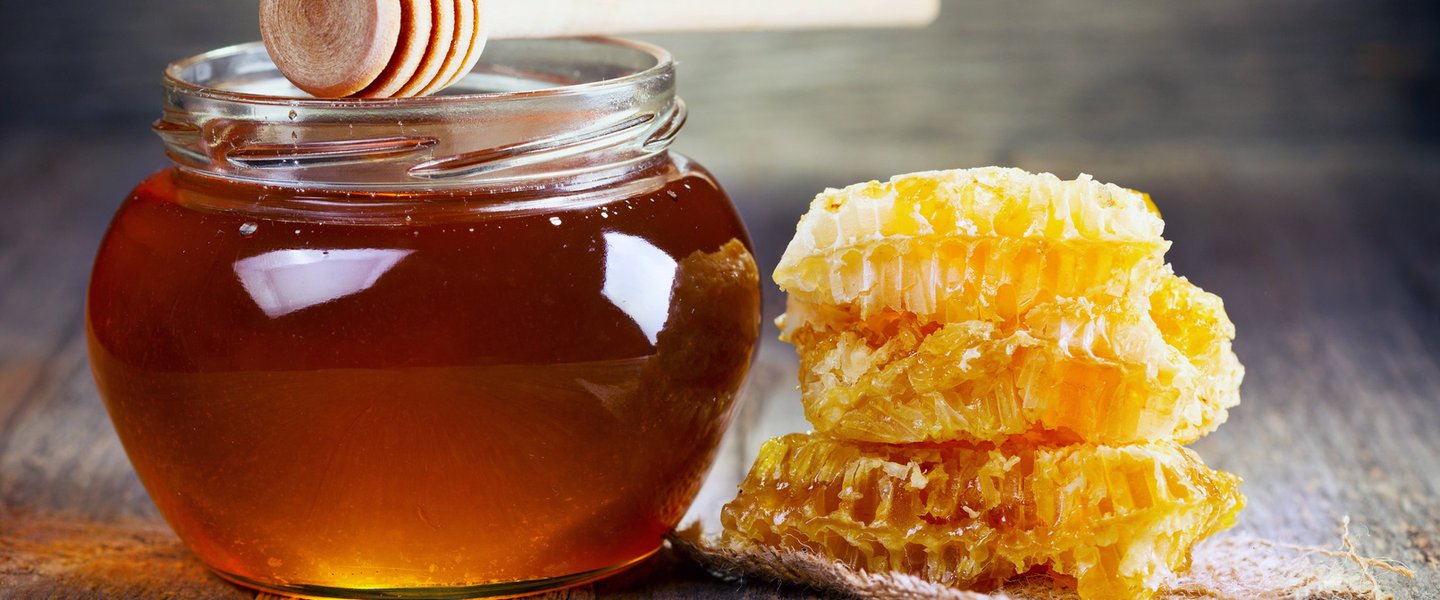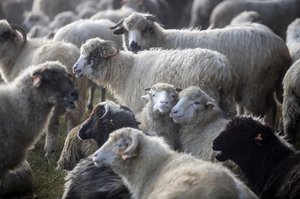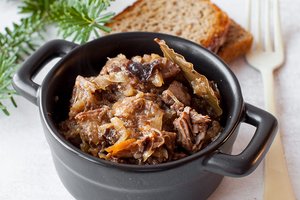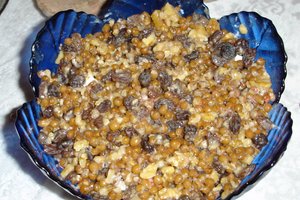Land flowing with honey
Małopolska Honeyland means not only an opportunity to taste delicious honey, but also to learn the secrets of its production and see the bee life.
Honey has been a part of Polish cuisine since times immemorial. It is also used for prevention and treatment of illnesses (due to its anti-bacterial and anti-inflammatory properties) and in beauty treatment procedures (it makes the skin firmer and moisturises it, it smooths wrinkles). This extraordinary product is the leitmotif of a thematic trail which consists several tens of agrotourism farms and bee yards that are part of Małopolska Honeyland. Małopolska has rich apicultural traditions. The Nowy Sącz area is particularly famous for its bee yards. Over 80 thousand bee families live here cared for by over five thousand beekeepers.
 There is a chance to taste and buy various types of honey, such as linden honey, dandelion honey, acacia honey, and buckwheat honey. Five types of honey from Lesser Poland - honeydew honey of Nowy Sącz, honeydew honey of Małopolska, pine honey of Sucha Beskidzka, forest mixed flower honey of Podksięże, and goldenrod honey of the Skrzyszów municipality - have been included in the List of Traditional Products maintained by the Ministry of Agriculture and Rural Development/
There is a chance to taste and buy various types of honey, such as linden honey, dandelion honey, acacia honey, and buckwheat honey. Five types of honey from Lesser Poland - honeydew honey of Nowy Sącz, honeydew honey of Małopolska, pine honey of Sucha Beskidzka, forest mixed flower honey of Podksięże, and goldenrod honey of the Skrzyszów municipality - have been included in the List of Traditional Products maintained by the Ministry of Agriculture and Rural Development/
Farmers also sell pollen, royal jelly, honey bee venom, beeswax, propolis (bee glue), cosmetics and ointments based on honey, and mead - traditional Polish alcoholic beverage, which in the days of yore used to be valued more than wine. Traditional Polish mead is included in the EU register of traditional products as Traditional Speciality Guaranteed (TSG).
Beekeepers offer countless dishes with honey: herring in honey, bread baked with honey, baby potatoes with honey, gingerbread, propolis liqueur, and even bars, lollipops, and chewing gum. Another attraction is the opportunity to watch bees in their natural environment, to take part in honey harvest, or a workshop on production of beeswax candles and figurines.
In apicultural heritage parks, e.g. in Stróże or Kamianna, you may see historical tools and beehives with unusual shapes (e.g. churches, figures of saints, knights, and miners)
NELLY KAMIŃSKA

Beehive in a tree hollow
Poland is currently the only EU country to produce honey from wild beehives, It is a form of apiculture in forest that consists in keeping bees in tree hollows, in the so-called wild beehives.
Honey hunting had its Renaissance in Poland in the 16th and 17th century. Honey hunters had numerous privileges, the profession passed from the father to the son. In the 19th century, however, honey hunting totally disappeared from Poland and other European countries. It survived in its unchanged form only among the Bashkirs of the southern Ural Mountains. In 2007, WWF, an environmentalist organisation, invited Bashkir honey hunters to teach Polish adepts to set up wild beehives. Over 20 wild beehives were then set up in forests around Spała, Puszcza Świętokrzyska, and in Podlasie. Then, the Poles went to Bashkiria with a return visit where they learnt to take care of the wild beehives. In 2008, the first Polish honey hunt took place. It involved the ceremony of appointing honey hunters by the master honey hunter from Bashkiria, Ahtyam Isamanov, a member of a family who has been honey hunting for seven generations.
In 2014 Poles conveyed their knowledge to Swiss and German candidates for honey hunters
03.07.2015







